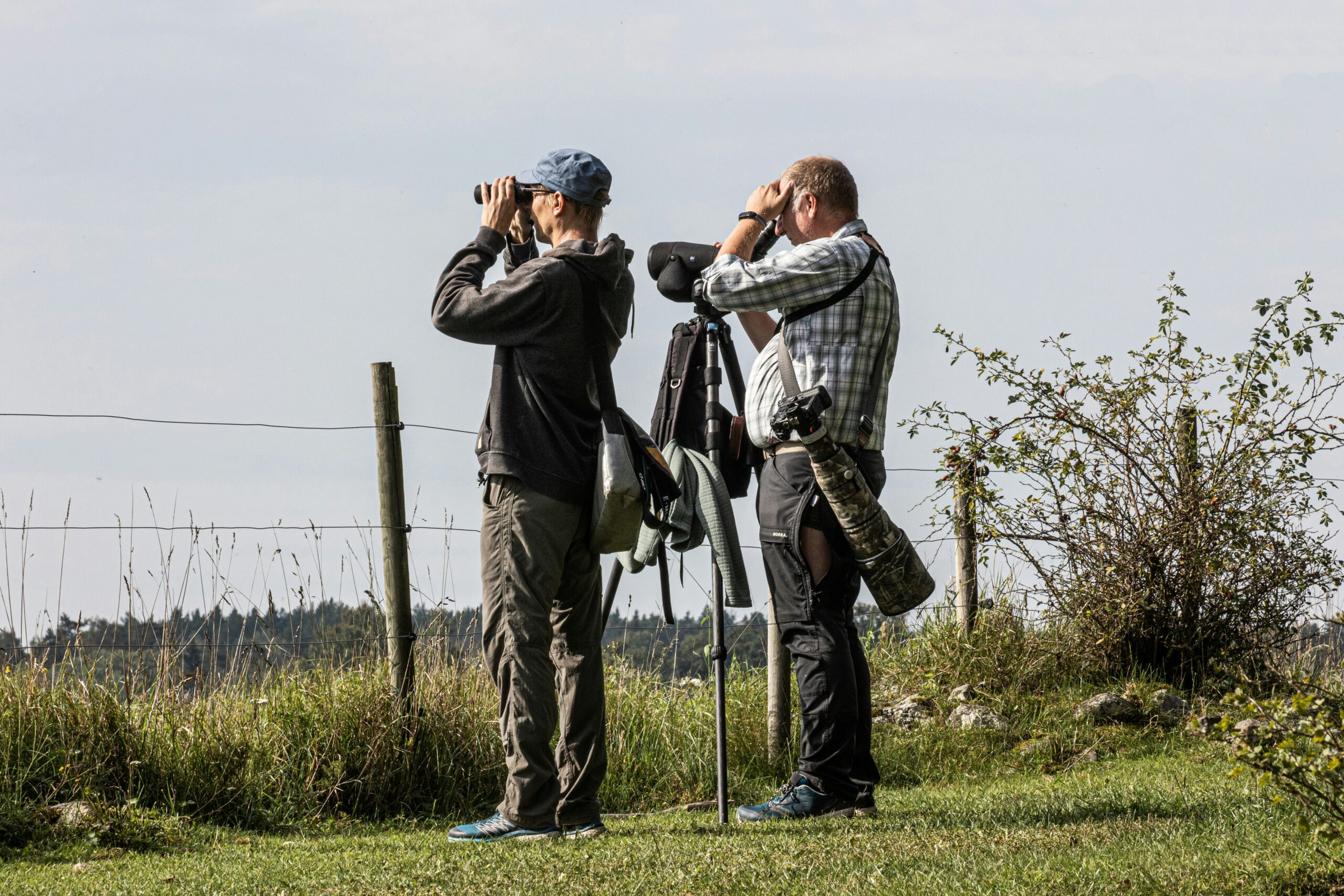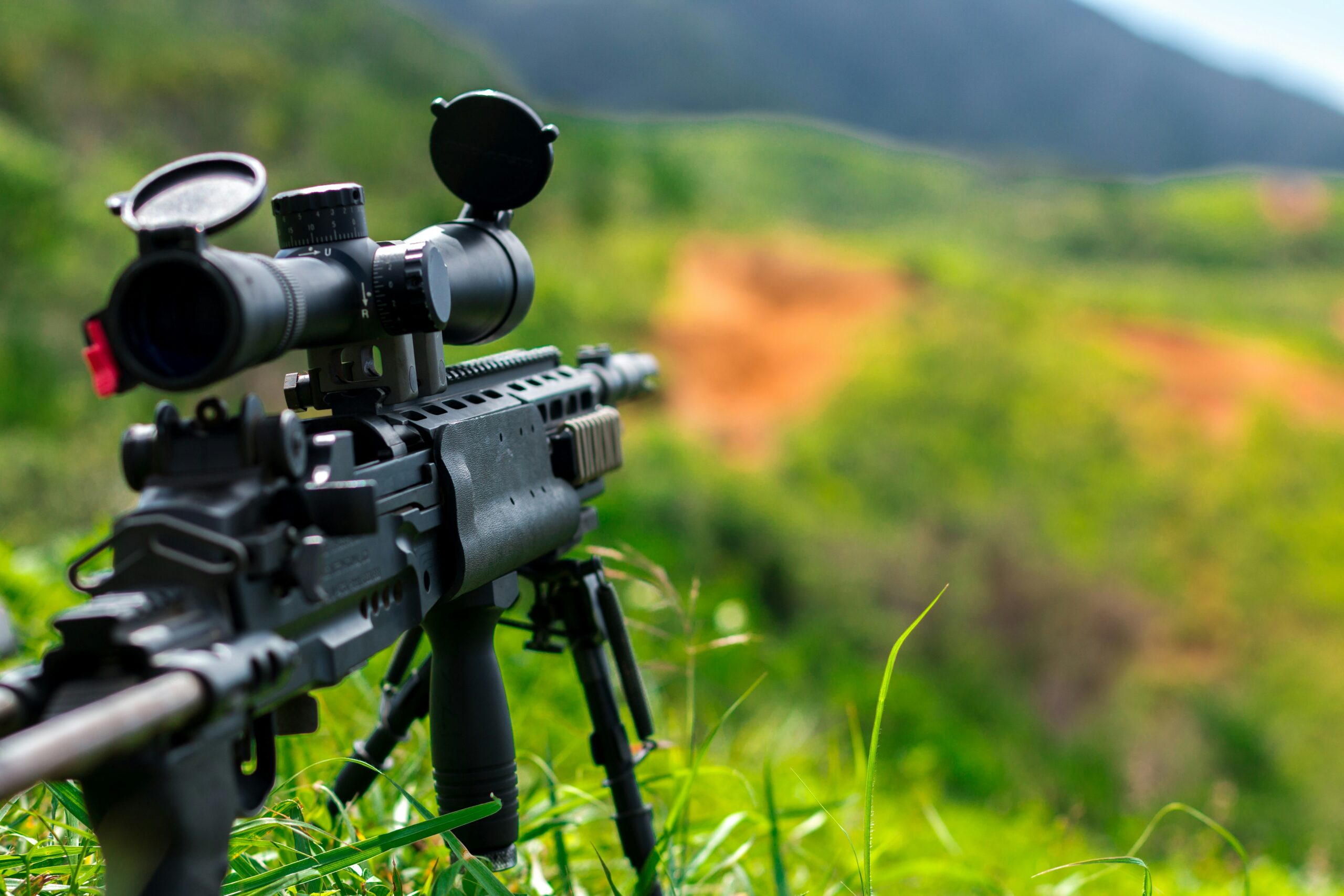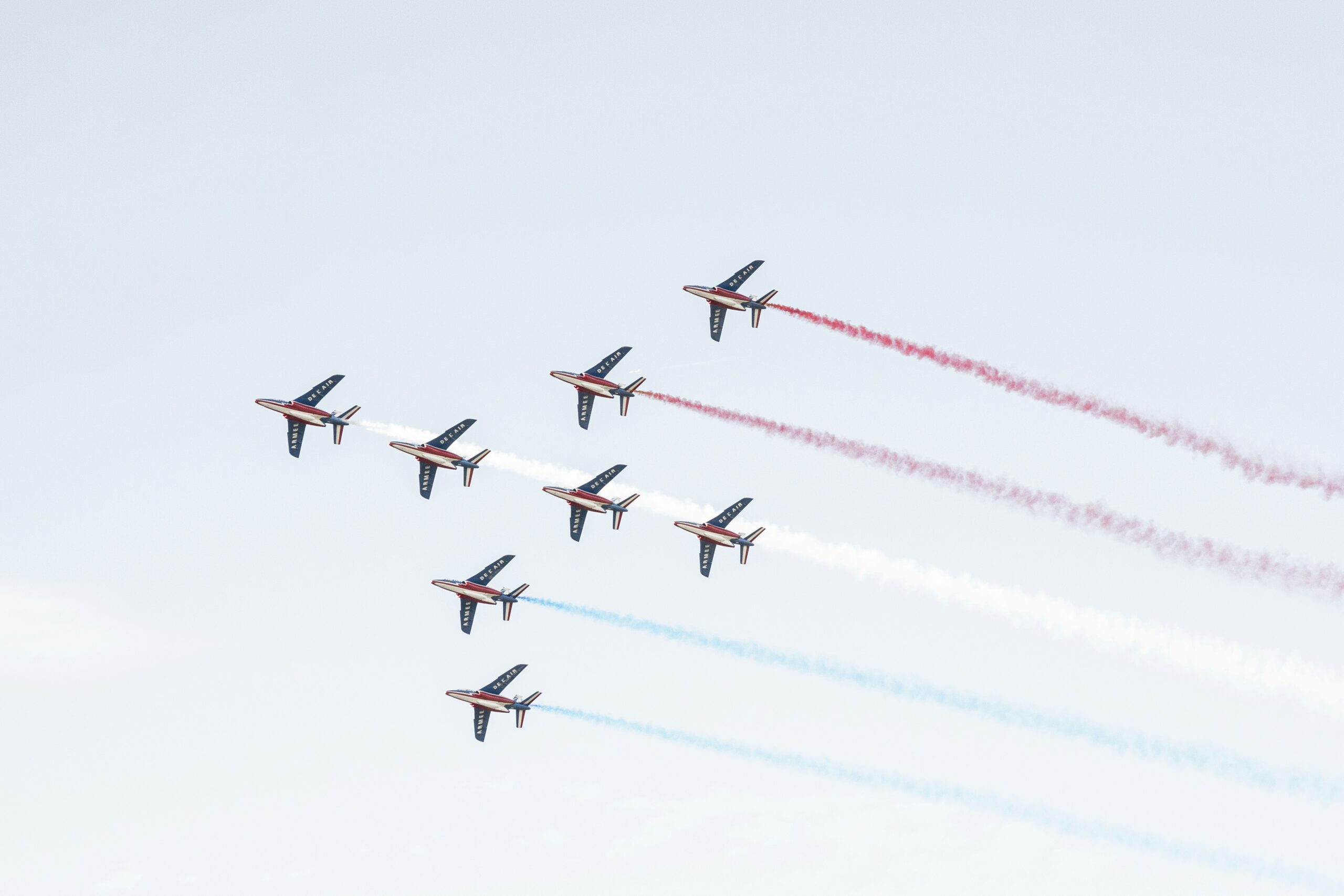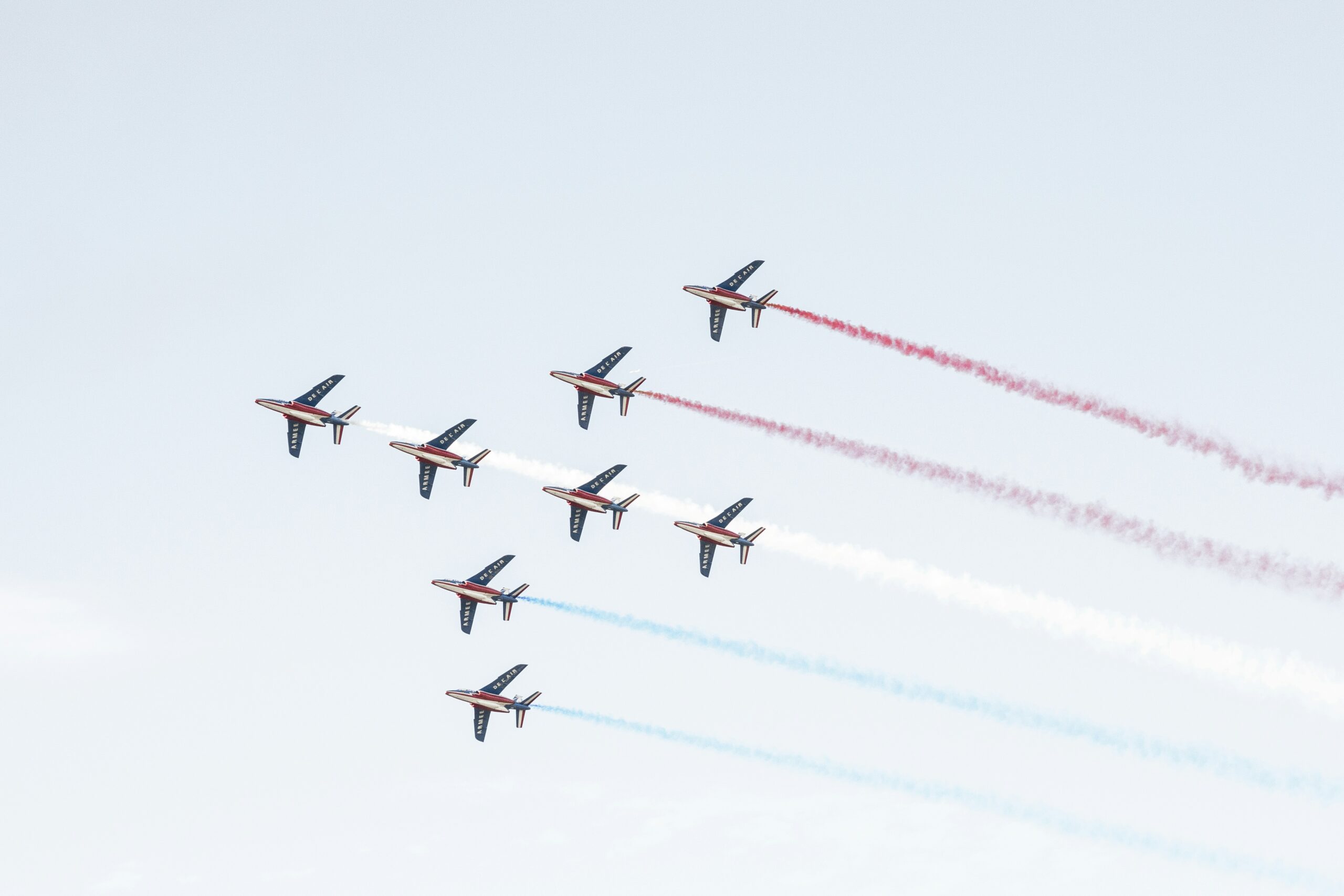Spotting scopes are a popular tool used by nature enthusiasts, birdwatchers, and hunters alike, allowing them to observe distant objects with crystal clarity. But have you ever wondered what exactly the “field of view” means in the context of a spotting scope? The field of view refers to the width of the area that you can see through the scope at a given distance. In simpler terms, it’s like looking through a window and seeing how much of the outside world you can take in without having to move your head. In this article, we will explore the significance of the field of view in spotting scopes and how it can enhance your outdoor experience.
Understanding the Concept of Field of View
Definition of Field of View
The field of view in a spotting scope refers to the extent of the observable area that can be seen through the scope at a given distance. It determines the width of the image that is visible when looking through the eyepiece of the spotting scope. The wider the field of view, the more area can be seen without the need to move the scope. It is measured in degrees or feet at a particular distance.
Importance in Spotting Scopes
The field of view is a crucial factor to consider when choosing a spotting scope as it directly impacts the user’s viewing experience. A wider field of view allows for easier tracking and locating of objects, making it particularly useful for activities such as birdwatching, wildlife observation, or target shooting. It provides a broader perspective and enables users to capture more of the surrounding environment.
Factors That Influence Field of View
Objective Lens Size
The size of the objective lens plays a significant role in determining the field of view in a spotting scope. A larger objective lens typically results in a wider field of view as it allows more light to enter the scope, producing a brighter and more expansive image. However, the downside of a larger objective lens is that it increases the overall size and weight of the spotting scope.
Magnification Level
The magnification level of the spotting scope also affects the field of view. Generally, higher magnification levels correspond to a narrower field of view, as the scope zooms in on a smaller portion of the observed area. Lower magnification levels provide a wider field of view, allowing for a larger area to be seen through the scope. It is important to strike a balance between magnification and field of view depending on the intended use of the spotting scope.
Ocular Lens Size
The size of the ocular lens, or eyepiece, can influence the field of view to a certain extent. A larger ocular lens allows for a wider field of view as it enables more light to reach the user’s eyes. However, the design and quality of the ocular lens also play a significant role in determining the clarity and sharpness of the image, so it is essential to consider both the ocular lens size and quality when assessing the field of view.

Field of View Versus Magnification
Effect of Higher Magnification on Field of View
When using a spotting scope with higher magnification, it is important to note that the field of view becomes narrower. This means that the area visible through the scope is reduced, and the user may need to pan or move the scope more frequently to track moving objects or locate targets. Higher magnification is advantageous for observing distant objects in detail, but it comes at the cost of a reduced field of view.
Understanding the Inverse Relationship
It is crucial to understand the inverse relationship between magnification and field of view. As magnification increases, the field of view decreases, and vice versa. This trade-off is inherent in the optical design of spotting scopes and is influenced by the focal length and arrangement of the lenses. Users should consider the desired magnification level and the corresponding field of view based on their specific needs and preferences.
Calculating Field of View in Spotting Scopes
Basic Calculation Formula
The field of view in a spotting scope can be calculated using a basic formula:
Field of View = Apparent Field of View ÷ Magnification
The apparent field of view is usually specified by the manufacturer and represents the width of the image visible through the scope’s eyepiece. By dividing the apparent field of view by the magnification level, the actual field of view at a specific distance can be determined.
Role of Scope Specifications
Scope specifications, such as the magnification range and the apparent field of view, provide valuable information for calculating the actual field of view. Manufacturers often provide these specifications in the product manual or on their websites. Being aware of the scope’s specifications allows users to make informed decisions and select the most suitable spotting scope for their desired field of view requirements.

Scope Types and Variations in Field of View
Zoom Scopes
Zoom spotting scopes offer the advantage of adjustable magnification, allowing users to vary the field of view depending on their needs. These scopes typically have a range of magnification levels that can be adjusted using a zoom or focus mechanism. The field of view with a zoom scope may vary across the different magnification settings, with a wider field of view at lower magnifications and a narrower field of view at higher magnifications.
Fixed Power Scopes
Unlike zoom scopes, fixed power spotting scopes have a single, fixed magnification level. These scopes are designed with a specific field of view in mind, optimized for a particular range of activities. The field of view in fixed power scopes is consistent and may be wider or narrower depending on the specific model. Users should consider their intended use and preferences when deciding between a zoom scope or a fixed power scope.
Comparison of Field of View
When comparing the field of view between different spotting scopes, it is essential to consider both the magnification range and the apparent field of view. A spotting scope with a higher magnification range might have a narrower field of view at its maximum magnification compared to a scope with a lower magnification range. Similarly, the apparent field of view might differ among various models, affecting the actual field of view at a given magnification.
Effects of Field of View on Image Quality
Image Brightness and Clarity
The field of view has an impact on image brightness and clarity. A wider field of view allows more light to reach the user’s eyes, resulting in a brighter and more vibrant image. Additionally, a wider field of view can enhance the perception of image clarity, as it allows for more details to be observed within the frame. Users who prioritize image brightness and clarity should opt for spotting scopes with wider fields of view.
Detail Resolution
The field of view also affects the ability to resolve fine details within the observed image. A wider field of view enables users to see more details and capture a more comprehensive view of the surroundings. This can be particularly valuable for tasks such as birdwatching or wildlife observation, where capturing subtle features or behaviors is crucial. Higher levels of magnification can compromise detail resolution due to the narrower field of view.
Visual Comfort
A wider field of view contributes to a more comfortable viewing experience. It allows users to observe the scene without the need to constantly scan or reposition the spotting scope. This is particularly important for prolonged observation sessions, as a narrow field of view can lead to eyestrain and fatigue. Opting for a spotting scope with a wider field of view can enhance the overall visual comfort and enjoyment of the activity.

Impact of Field of View on User Experience
Ease of Locating The Target
A wider field of view makes it easier to locate targets, especially in situations where the object being observed is not stationary. With a wider field of view, users have a larger area to scan, reducing the time and effort required to find and focus on the target. Whether it’s a bird in flight or a moving animal, a spotting scope with a wider field of view improves the ease of locating the target and enhances the overall user experience.
Moving Object Tracking
When tracking moving objects, such as birds or wildlife, a wider field of view allows users to keep the target in sight for longer periods without needing to adjust the position of the spotting scope constantly. The wider view ensures that the object remains within the frame, providing a more seamless and enjoyable tracking experience. Spotting scopes with narrower fields of view may require frequent adjustments to keep up with fast-moving subjects.
Range of View in Diverse Environments
Different environments and landscapes may require varying fields of view for optimal observation. In open areas with expansive vistas, a wider field of view can encompass more of the scenery, allowing users to appreciate the larger context of their surroundings. On the other hand, in dense forests or smaller, confined spaces, a narrower field of view may be more suitable for focusing on specific details or objects. Considering the intended environments of use can help determine the ideal field of view for a spotting scope.
Field of View in Different Brands and Models
Comparison of Various Brands
Different spotting scope brands offer variations in the field of view, often influenced by their respective optical designs and technologies. By comparing brands, users can identify the scopes that provide wider fields of view or have other features that align with their preferences. It is recommended to research and read reviews about spotting scopes from different brands to gauge their respective field of views and overall performance.
Influence of Technological Advancements
Advancements in optics and manufacturing processes have allowed for improved field of view capabilities in spotting scopes. Newer scopes may incorporate advanced lens coatings, lens arrangements, or prism designs to optimize the field of view and minimize any potential compromises in image quality. Considering the technological advancements in spotting scopes can help users make informed decisions and select scopes that offer the best field of view for their needs.
Common Misconceptions About Field of View
Confusion with Angle of View
The field of view is sometimes confused with the concept of angle of view. While they are related, they represent different aspects of viewing through a spotting scope. The angle of view refers to the angular extent of the observable scene, measured in degrees. On the other hand, the field of view represents the width of the image visible through the eyepiece at a given distance. It is important to differentiate between the two terms to avoid any misunderstanding or misinterpretation.
Misinterpretation of Scope Specification
Some users may misinterpret or overlook the specifications mentioned by spotting scope manufacturers regarding the field of view. It is crucial to thoroughly read and understand the specifications, particularly the apparent field of view and the magnification range, to accurately assess the field of view offered by a spotting scope. Failing to do so may result in mismatched expectations or dissatisfaction with the field of view performance.
Optimizing the Use of Field of View
Adjusting Scope Settings
Optimizing the field of view requires understanding how to adjust the settings on the spotting scope. Spotting scopes often have focus knobs or zoom mechanisms that allow users to fine-tune the magnification and focus to achieve their desired field of view. Experimenting with these adjustments and finding the right balance between magnification and field of view can greatly enhance the viewing experience.
Choosing the Right Scope
Selecting the right spotting scope with an appropriate field of view is essential to optimize its use. Consider the intended activities, environment, and personal preferences when choosing a spotting scope. It is recommended to try out different models and brands, if possible, to experience the field of view firsthand and assess its suitability for specific needs. Researching and consulting experts or experienced users can also provide valuable insights into selecting the most appropriate spotting scope based on field of view requirements.
In conclusion, the field of view is a crucial aspect to consider when choosing a spotting scope. It impacts the user’s overall viewing experience, including the ease of locating targets, tracking moving objects, and the level of visual comfort. Factors such as objective lens size, magnification level, and ocular lens size influence the field of view. Understanding the relationship between magnification and field of view is essential, as higher magnification levels often result in a narrower field of view. By calculating the field of view, comparing different scope types, and considering their effects on image quality, users can optimize the use of field of view and choose the right spotting scope for their specific needs.

